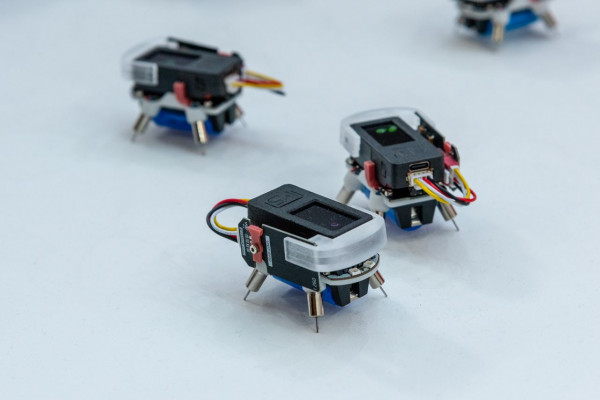So Kanno is a media artist based in Berlin. His works are mainly based on robotics. Rather than the perfect control of industrial robotics, he is interested in the unpredictability, organic behavior, emergence, and errors and noises that systems can have, and develops systems that utilize and induce these elements. His wide-ranging activities include installations using self-made robots, performances and workshops. He often works in collaboration.
Akihiro Kato is a media artist born in 1992. He graduated from the Institute of Advanced Media Arts and Sciences (IAMAS) and since 2021 he is based in Tokyo. He creates works that depict the relationship between technology and society through a combination of digital/physical media. Works include "TRUSTLESS LIFE" and "BAIS," which depict the possibilities and challenges of a society in which blockchain technology is applied through board games, and "WAN NYAN WARS," a project that questions the value of NFT by depicting the battle between dog factions and cat factions.
Takemi Watanuki creates works with the keywords of "crowd movement," "animality," and "artificial life”. His works include "node hands," which expresses the emptiness of communication in the modern age using crowd robots, and "living hakoniwa," a virtual space in which artificial life cycles through the food chain.
